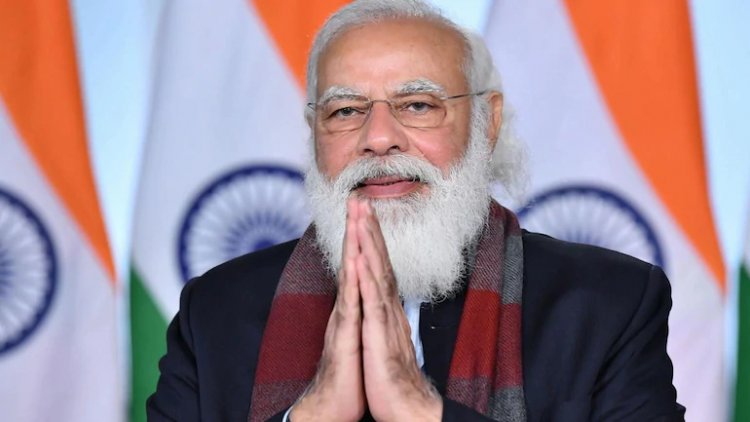An Indigenous Defence Doctrine: PM Modi
STORIES, ANALYSES, EXPERT VIEWS

In his recent speech at the Combined Commanders’ Conference — the most vital annual meeting in terms of India’s defence - Prime Minister Narendra Modi made a reference to an indigenous military doctrine.
From an official precis he “stressed the importance of enhancing indigenisation in the national security system, not just in sourcing equipment and weapons but also in the doctrines, procedures and customs practiced in the armed forces”.
Tara Kartha (former director, National Security Council Secretariat) examines the usefulness of doctrine in strategising national interest.
India’s Integrated Defence Staff defines doctrine as “Who we are, What we do, and How we do” in a basic and generic manner. “In short, doctrine, at the strategic level, is the foundation for everything else.”
Who we are, what we do
At the very basic level, writes Kartha “We’re a country that doesn’t go out and attack others; most of the time. When we did, as in Sri Lanka, the consequences were disastrous and may have reinforced the non-attack principle. We do, however, act when goaded in our immediate neighbourhood. There was Bangladesh in 1971 and Maldives in 1988. In both cases, the countries or people concerned requested it, reinforcing our image of ourselves as the ‘big brother’ in South Asia…..
“….Today, that seems exemplified by the ‘Vaccine Maitri’ (vaccine diplomacy) where India is supplying vaccines to 71 countries. But the overwhelming sentiment is not morality but ‘pride’ in Indian strength and displacement of Chinese influence in these countries. The same phrasing was evident in our ‘standing up to China’ narrative in Ladakh and the unprecedented strikes against Pakistan in 2019…….India’s current belief system is based on a shifting image of ourselves as a dominant power.”
Any new doctrine, writes Kartha “will need to decide which side of the line our beliefs systems lie on for the foreseeable future.”
Our values
Values define a nation’s beliefs. They “are central to identity, and are usually part of the constitution…..which defines us as a ‘socialist, secular, democratic republic’……But does this reflect our current values? Can the armed forces adopt an ‘indigenous’ doctrine that predicates itself on these newly minted values? Probably not. If yes, then that multi-religious army has to be given the boot. It’s that simple.”
Geography and how we are
India, says Kartha “has always been aware of its size in the subcontinent, and that, in turn, has—for instance—defined its nuclear doctrine of ‘No First Use’……
“Geography also includes our large coastline of 7,516 km” but historically, India’s “threats from the times of the Mongols were overland. That still holds, but with one important reservation. The biggest threat of all came in the guise of a trading firm, the East India Company. That went on for a hundred years. No surprises then at our reluctance to step up to the Quad and an instinctive distrust of foreigners. Any doctrine has to do that math. In defence, it’s the land. On the sea, trade matters and its protection……”
How we do – rethink the realities
Modi, writes Kartha “does have a point in what he says about indigenous thinking. For decades, our strategists and army staff colleges have studied doctrines and essays put out primarily by the United States……” Such “overwhelming availability of data meant that American military doctrines such as ‘Air Land Battle’ and ‘Follow on Forces’ were duly imbibed and replicated to an extent on the ground. General K Sunderji’s doctrines owed not a little to these concepts, and lie at the roots of the Cold Start doctrine.
“To learn from others is laudable, but it prevents clarity on our innate strengths and capabilities. For instance, re-evaluate how the Himalayas remained India’s true frontier for decades……..Our advantage is in bringing forces to bear against a China with incredibly long logistics lines. It may be oversimplification; but the point is think with along with your history books. Think also of limitations in terms of what our defence budget will ever permit. Large plans need large purses. Stop the roads, and spend more on in-depth surveillance.”
Finally, it is for the “Prime Minister’s Office……to set the ball rolling by deciding on a doctrinal paper that examines all of the questions identified above, and more….”
















